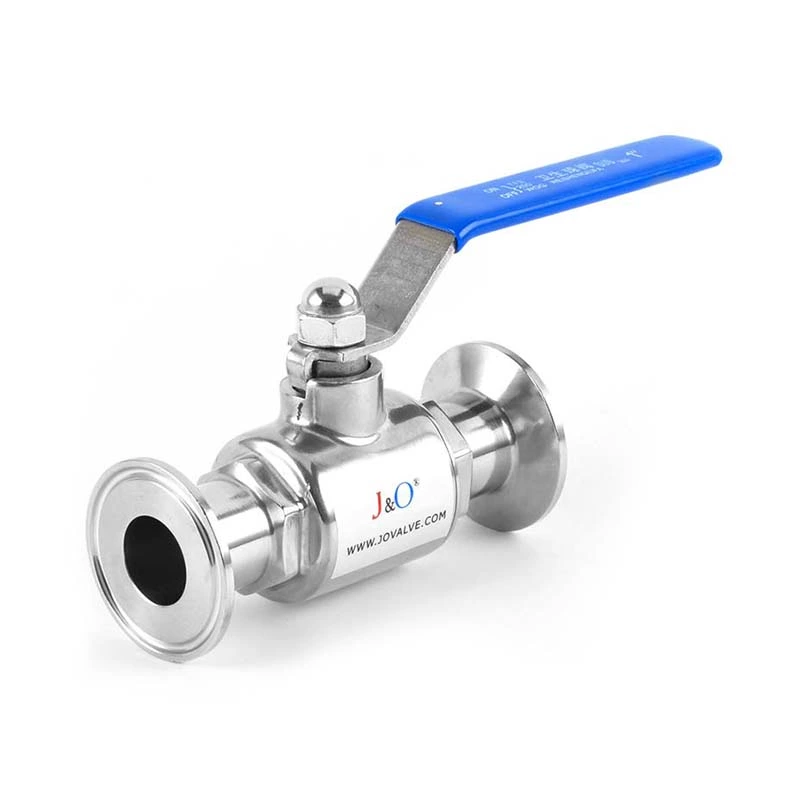What Are The Basic Requirements For Industrial Valves?
The correct selection of Sanitary Valve is essential to ensure the safety, efficiency and cost-effectiveness of industrial processes. Faced with the numerous valve types and specifications on the market, knowing how to make reasonable choices based on actual working conditions and specific needs is a key skill. So do you know what are the basic requirements for industrial valve determination?
The basic requirements for industrial valve determination are as follows:
Fluid properties
Media type: Confirm whether the conveyed medium is water, steam, oil, chemicals or solid suspension, etc. Different media properties will affect the selection of valve materials and sealing materials.
Temperature and pressure: Record the operating temperature and pressure range of the fluid to ensure that the rating of the selected valve can meet or even exceed these conditions.
Special considerations
Fire and explosion protection: In environments where there is a risk of fire or explosion, valves with corresponding protective characteristics should be selected.
Environmental protection: Assess whether there are emission restrictions and select valves with low leakage levels and comply with environmental regulations.
Hygiene standards: Food, pharmaceutical and other industries need to pay attention to the cleanliness of the valve and the ability to inhibit microbial growth
Engineering requirements
Flow control requirements: Determine whether the valve is required for flow regulation, which will determine whether to use butterfly valves, ball valves or stop valves.
Switching frequency: Under frequent opening and closing conditions, valve types with strong wear resistance and rapid response capabilities should be given priority.
Automation level: Consider whether remote control or integrated automation systems are required, such as electric actuators, pneumatic actuators, etc.
The selection of industrial valves is a comprehensive consideration process, involving engineering demand analysis, valve type identification, material construction considerations, standard compliance review and other levels.
